A monoatomic ideal gas undergoes a process ABC. The heat given to the gas is
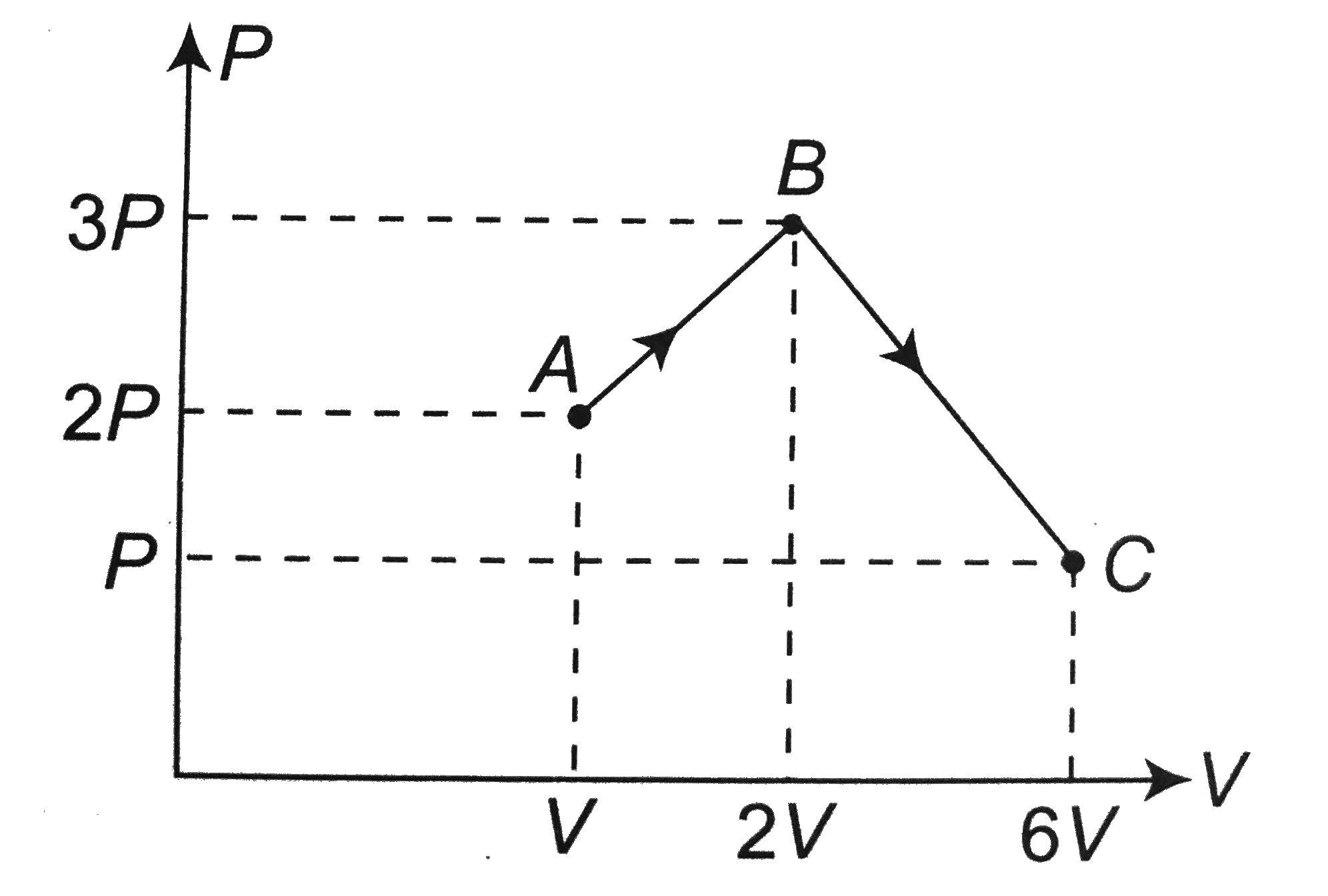
7.5PV
12.5PV
16.5PV
20.5PV
The correct Answer is:C
If T is temperature of gas
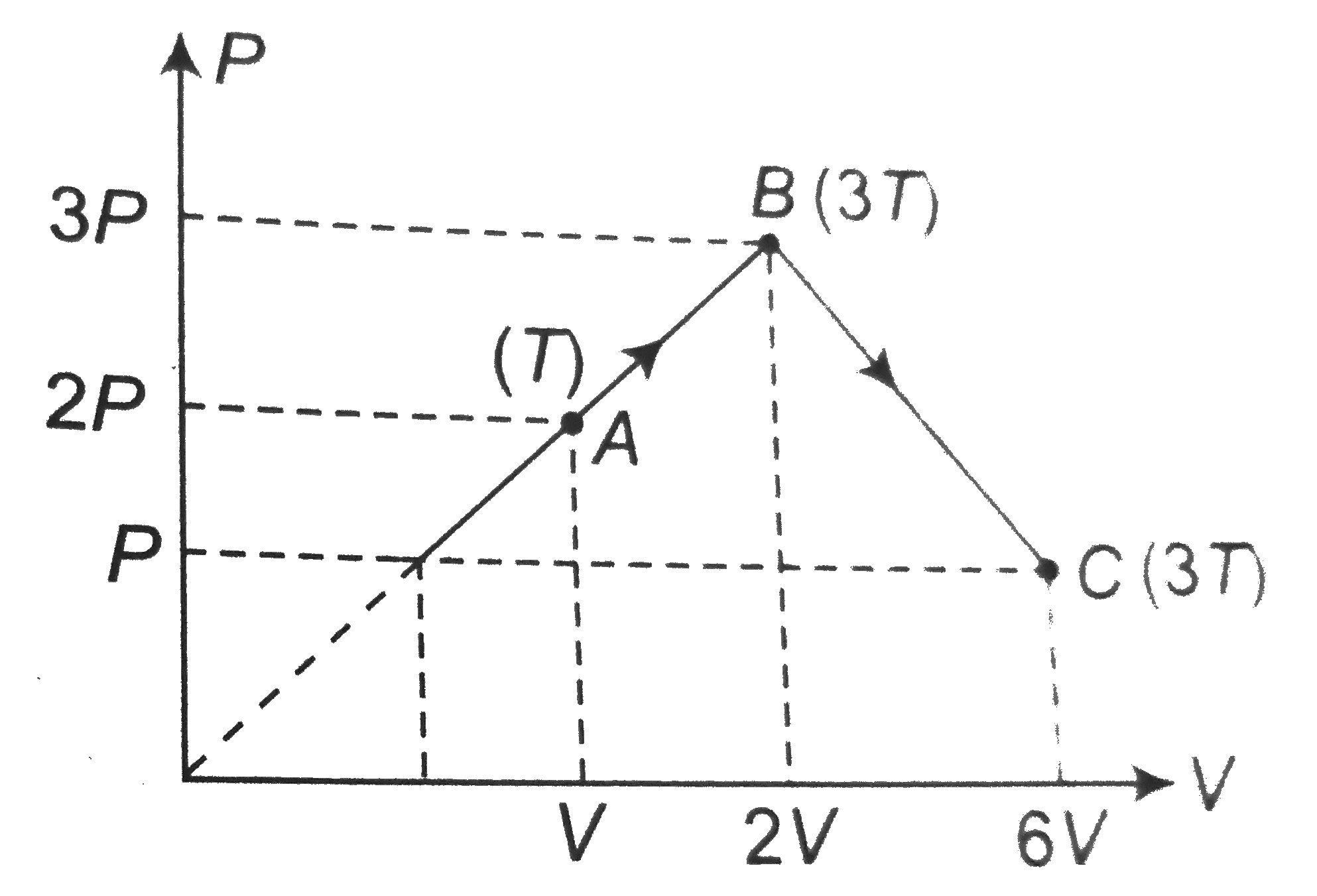
at A then TB=3T=TC
in process,AB,ΔW=5PV2
and ΔU=12nR(2T)=3×2PV
so, ΔQ=ΔW+ΔU=8.5PV
in process BCΔU=0asΔT=0
ΔW=4V.2P=8PVhenceDeltaQ_(2) = 8 PV<br>so,DeltaQ_(T) = 16.5 PV.
Topper's Solved these Questions
- KINETIC THEORY OF GASES AND THERMODYNAMICSBOOK - A2ZCHAPTER - KINETIC THEORY OF GASES AND THERMODYNAMICSEXERCISE - Assertion Reasoning
15 Videos
- KINETIC THEORY OF GASES AND THERMODYNAMICSBOOK - A2ZCHAPTER - KINETIC THEORY OF GASES AND THERMODYNAMICSEXERCISE - NEET Questions
55 Videos
- KINETIC THEORY OF GASES AND THERMODYNAMICSBOOK - A2ZCHAPTER - KINETIC THEORY OF GASES AND THERMODYNAMICSEXERCISE - Second Law Of Thermodynamics
29 Videos
- GRAVITATIONBOOK - A2ZCHAPTER - GRAVITATIONEXERCISE - Chapter Test
29 Videos
- MOCK TESTBOOK - A2ZCHAPTER - MOCK TESTEXERCISE - Motion With Constant Acceleration
15 Videos
Similar Questions
Assertion : The rms velocity of gas molecules is doubled, when temperature of gas becomes four times.
Reason : c∞√T
View SolutionA scientist says that the efficiency of his heat engine which operates at source temperature 127∘C and sink temperature 27∘C is 26%, then
View SolutionA sink, that is a system where heat is rejected, is essential for the conversion of heat into work. From which law the above inference follows?
View SolutionA satellite of the earth is revolving in a circular orbit with a uniform speed v. If the gravitational force suddenly disappears, the satellite will
View SolutionA candle of diameter d is floating on a liquid in a cylindrical container of diameter D(D<<d) as shown in figure. If is burning at the rate of 2cm/h then the top of the candle will :

View SolutionOne mole of an ideal monoatomic gas undergoes a process as shown in the figure. Find the molar specific heat of the gas in the process.
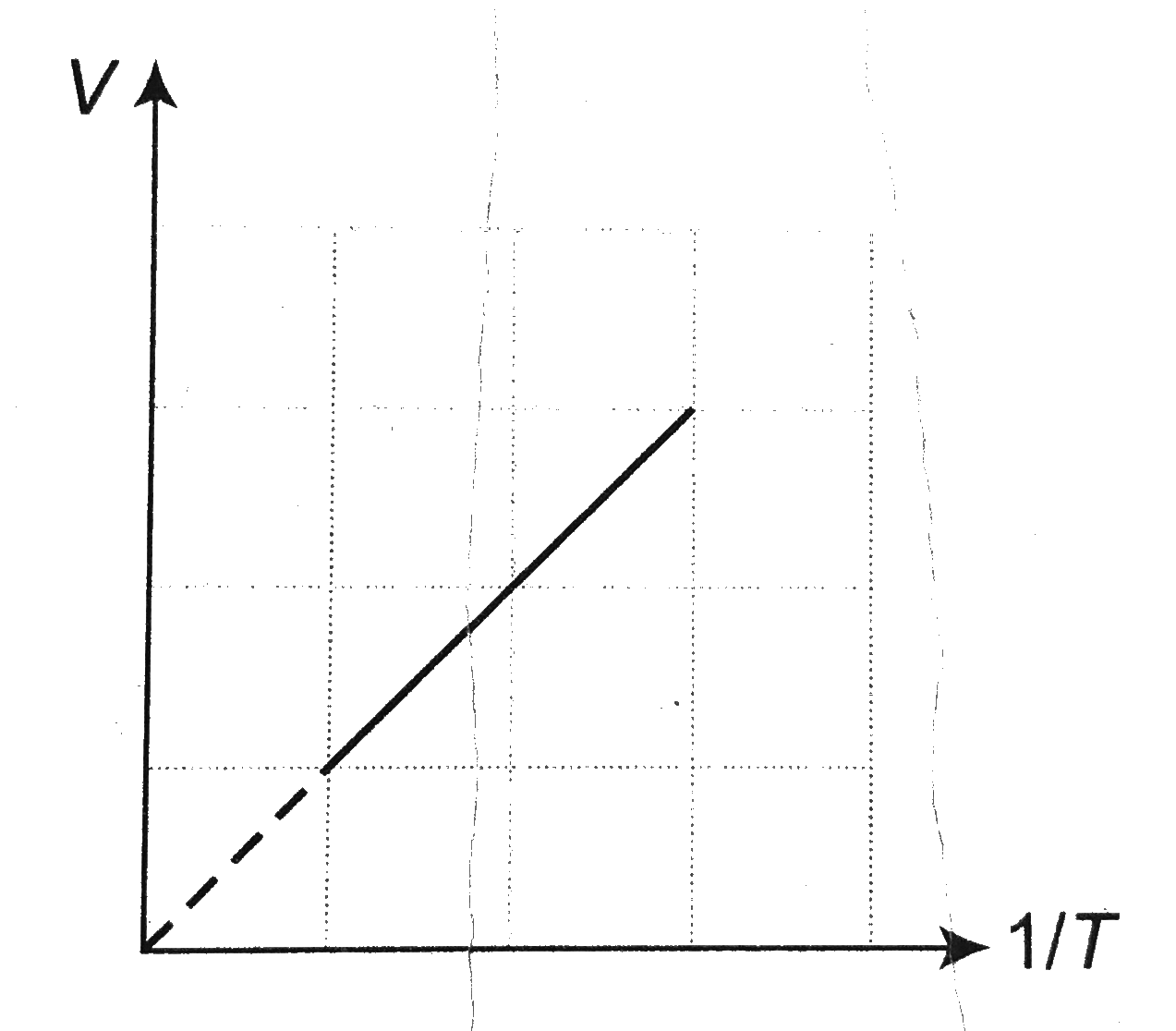
R is a gas constant.
View SolutionOne mole of a monoatomic ideal gas undergoes the process A→B in the given P-V diagram. What is the specific heat for this process?

View Solution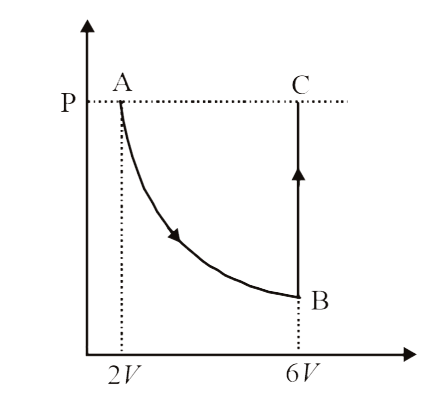
In the figure n mole of a monoatomic ideal gas undergo the process ABC as shown in the P-V diagram. The process AB is isothermal and BC is isochoric. The temperature of the gas at A is T0 total heat given to the gas during the process ABC is measured to be
Q. Temperature of the gas at C is equal to
View SolutionIn the figure n mole of a monoatomic ideal gas undergo the process ABC as shown in the P-V diagram. The process AB is isothermal and BC is isochoric. The temperature of the gas at A is T_(0) total heat given to the gas during the process ABC is measured to be Q. Heat absorbed by the gas in the process BC
View SolutionIn the figure n mole of a monoatomic ideal gas undergo the process ABC as shown in the P-V diagram. The process AB is isothermal and BC is isochoric. The temperature of the gas at A is T_(0) total heat given to the gas during the process ABC is measured to be Q. The average molar heat capacity of the gas in process ABC is
View SolutionA certain amount of ideal monoatomic gas undergoes a process given by TV^(1//2) = constant. The molar specific heat of the gas for the process will be given by
View SolutionTwo moles of an ideal monoatomic gas undergoes a cyclic process ABCA as shown in V-T diagram below:

Heat supplied to the gas during the process AB is :
View SolutionOne mole of an ideal monoatomic gas undergoes a process described by the equation PV^3 = constant. The heat capacity of the gas during this process is
View SolutionOne mole of a monoatomic ideal gas undergoes process AB in given P – V diagram then average specific heat for this process is:
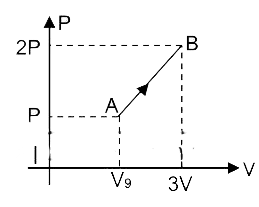
View SolutionAn ideal gas undergoes a thermodynamic process in which internal energy of the gas depends on pressure of the gas as U=ap4, where a is a positive constant. Assuming gas to be monoatomic, the molar heat capacity of the gas for given process will be
View Solution
